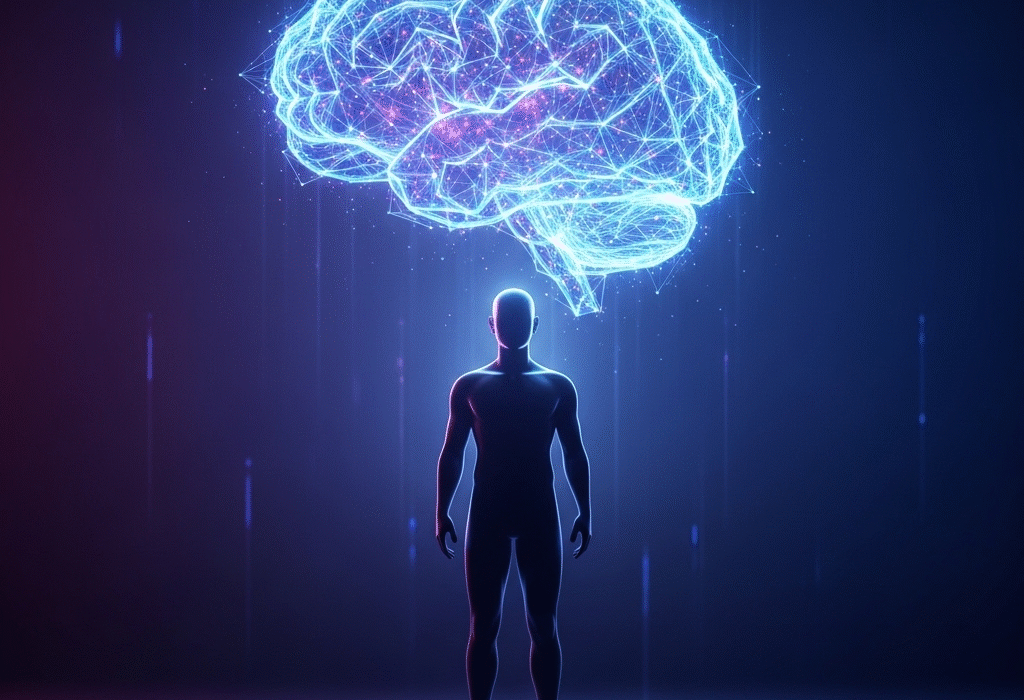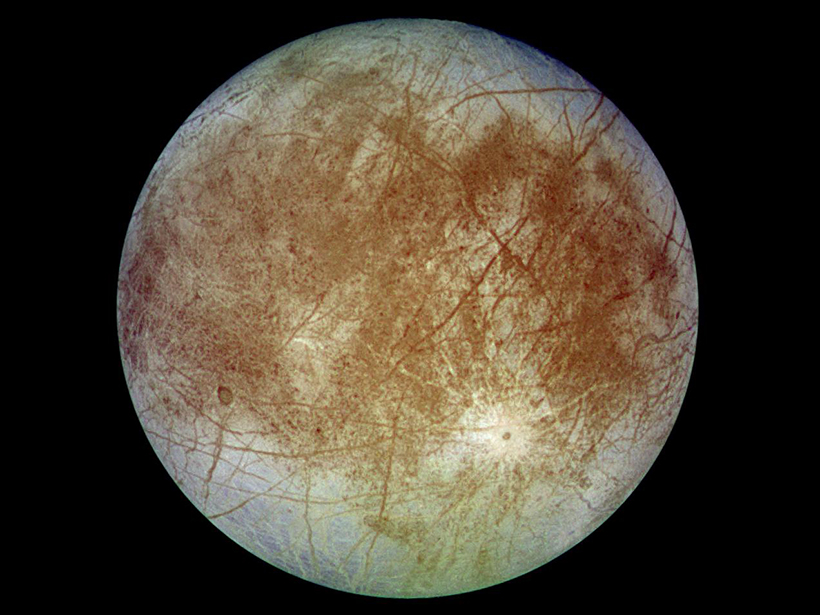The idea of teleportation has captivated human imagination for decades. From science fiction novels to blockbuster films, the notion of instantaneously transporting people or objects across space evokes a sense of wonder and limitless possibility. To imagine stepping into a device and emerging on the other side of the world—or even in a distant star system—plays into a deep, almost primal longing for freedom and speed, a desire to overcome the constraints of space and time. Yet, while fiction paints a picture of human-sized teleporters and futuristic transport hubs, reality operates under the rules of quantum mechanics, a domain both stranger and more fascinating than imagination alone.
Quantum teleportation is no longer mere fantasy. Scientists have demonstrated the phenomenon repeatedly in laboratories around the world. It is a process that allows the exact state of a particle to be transmitted from one location to another without the particle itself physically traveling through the intervening space. At its core, this process leverages entanglement, a uniquely quantum mechanical phenomenon that Albert Einstein once famously called “spooky action at a distance.” But how close are we really to teleporting matter in a way reminiscent of science fiction? To answer that, we must delve deep into the science, the breakthroughs, and the limitations that define this field.
Understanding the Quantum World
The world of the very small is profoundly different from the everyday reality we perceive. Atoms, electrons, and photons do not behave according to classical intuition. They exist in superpositions, where a particle can simultaneously occupy multiple states, and can become entangled, meaning that the state of one particle is intrinsically linked to the state of another, regardless of the distance between them. It is through this bizarre, counterintuitive behavior that quantum teleportation becomes possible.
Entanglement forms the backbone of teleportation. When two particles are entangled, measuring the state of one instantaneously determines the state of the other. This relationship persists even when the particles are separated by vast distances. For decades, entanglement was thought to be a theoretical curiosity, something existing only in equations. Experiments, however, have repeatedly confirmed its reality. In the 1960s, John Bell formulated inequalities that allowed scientists to test the presence of entanglement experimentally. Subsequent experiments confirmed that entangled particles behave in ways that defy classical explanations, setting the stage for the practical use of entanglement in quantum teleportation.
The Mechanics of Quantum Teleportation
Quantum teleportation does not involve the transportation of matter itself. Instead, it transmits information about a particle’s quantum state. Consider a photon whose polarization we wish to teleport. This photon interacts with one half of an entangled pair shared with a distant partner photon. Through a specific measurement known as a Bell-state measurement, the original quantum state is destroyed in the process, while information about it is transmitted via classical channels. The distant entangled particle, upon receiving this information, assumes the original state.
This process sounds simple in theory but is extraordinarily delicate in practice. Quantum states are fragile. Any interaction with the environment—a stray photon, a vibration, or a thermal fluctuation—can collapse a superposition and destroy the information. Maintaining entanglement over long distances, therefore, requires sophisticated isolation techniques and error-correcting protocols. Moreover, because the process relies on classical communication to transmit measurement outcomes, it cannot surpass the speed of light, preserving the cosmic speed limit dictated by Einstein’s theory of relativity.
Early Experiments and Milestones
The first successful demonstration of quantum teleportation occurred in 1997, when a team led by Dik Bouwmeester at the University of Innsbruck teleported the polarization state of a photon over a laboratory distance. This milestone proved that the principles of teleportation were not mere theoretical constructs but achievable phenomena. Subsequent experiments extended the distance, improved reliability, and demonstrated teleportation with different types of particles, including atoms and ions.
In the early 2000s, Chinese and European researchers began pushing the boundaries, teleporting photons over several kilometers of optical fiber. In 2012, a significant breakthrough occurred when scientists teleported quantum states between two labs separated by 143 kilometers across the Canary Islands. The achievement highlighted the potential for real-world quantum communication networks, where information could be transmitted securely over vast distances using the principles of teleportation. These experiments not only demonstrated the feasibility of teleportation but also laid the foundation for quantum cryptography, an emerging field promising near-unbreakable communication security.
Challenges to Scaling Up
Despite the excitement, substantial challenges remain before quantum teleportation can become practical outside laboratory conditions. The fragility of quantum states limits the distance over which teleportation can occur without degradation. Entangled particles are prone to decoherence, where interactions with the environment cause the delicate quantum state to collapse. To maintain entanglement over long distances, scientists have had to develop quantum repeaters, devices that refresh and stabilize entangled states.
Teleporting larger systems compounds the problem. While single photons or atoms can be manipulated, the human body consists of approximately 10²⁸ atoms. Each atom would need to be entangled, measured, and transmitted—a feat that currently exists only in the realm of imagination. Furthermore, quantum mechanics imposes strict limitations, such as the no-cloning theorem, which prevents perfect copying of an unknown quantum state. In essence, teleporting a living being would require destroying the original at an atomic level to transmit it, raising profound ethical and philosophical questions about identity, consciousness, and existence itself.
Quantum Communication Networks
One of the most promising applications of quantum teleportation lies not in moving matter but in moving information. Quantum networks, sometimes called “quantum internets,” could allow instantaneous, secure transmission of information across vast distances. Entanglement-based teleportation enables the creation of quantum keys, which could secure communication against any eavesdropper. Unlike conventional encryption methods, which rely on computational difficulty, quantum encryption derives its security from the laws of physics. Any attempt to intercept the information would unavoidably disturb the quantum state, revealing the presence of the intruder.
Countries around the world are investing heavily in this technology. China has launched a quantum satellite, Micius, capable of teleporting quantum states between space and Earth, spanning over a thousand kilometers. Europe and the United States are developing fiber-based quantum networks linking major cities, with the goal of creating a global, secure communication infrastructure. While teleportation of human beings remains science fiction, teleportation of information is rapidly becoming science fact, promising a revolution in the way data is transmitted and protected.
Philosophical Implications
Quantum teleportation challenges our intuitive understanding of reality. If the quantum state of a particle can be transmitted without moving the particle itself, what does it mean for the concept of identity? When the original state is destroyed and recreated elsewhere, is the new particle “the same” as the old one? For macroscopic objects, this question takes on profound significance. Philosophers, ethicists, and physicists alike grapple with the implications, exploring whether teleportation represents true transport or merely the creation of a perfect copy.
Furthermore, teleportation illuminates the strangeness of entanglement itself. Two particles separated by thousands of kilometers can remain mysteriously linked, suggesting that the universe may be more interconnected than classical intuition allows. These insights compel us to reconsider the boundaries of causality, locality, and the very nature of reality. Quantum teleportation is not just a technological breakthrough; it is a window into a deeper, stranger universe, where the familiar rules of space and time no longer fully apply.
Toward the Future
The future of quantum teleportation is both promising and uncertain. Researchers continue to extend distances, improve fidelity, and integrate teleportation into functional quantum networks. Advances in photonics, superconducting circuits, and atomic trapping provide the tools needed to stabilize entanglement and transmit complex quantum states. Meanwhile, theoretical work explores new protocols for teleporting increasingly sophisticated systems, moving closer to a future where the boundary between science fiction and science fact becomes ever thinner.
Yet, significant obstacles remain before teleportation can move beyond photons and atoms. The scale of human teleportation remains insurmountable for now, not only due to technical limitations but also ethical, philosophical, and practical considerations. Nonetheless, every experiment brings us closer to understanding and harnessing the quantum world. Each demonstration of entanglement and teleportation reinforces the possibility that, one day, we may develop technologies that today seem impossible.
Conclusion: Reality and Imagination
Quantum teleportation occupies a unique space at the intersection of science and imagination. It embodies both the wonder of human creativity and the rigorous beauty of physics. While the teleportation of people or large objects remains firmly in the realm of fiction, the teleportation of quantum states is real, experimentally verified, and expanding rapidly.
In contemplating quantum teleportation, we confront the strangeness of the universe itself. We glimpse a world where particles can exist in multiple states, where distant objects can be linked instantaneously, and where the very notions of space and identity are called into question. It is a reminder that reality, when examined closely, is far more astonishing than any fiction.
We are not yet at the threshold of stepping into a teleportation chamber and reappearing across the globe, but we are on the path to a future where the teleportation of information transforms communication, computing, and our understanding of the universe. The journey is as important as the destination, and in the strange, entangled world of quantum physics, even the smallest step can feel like magic.
Quantum teleportation is no longer a dream; it is a tantalizing glimpse of what is possible when human curiosity meets the profound mysteries of the cosmos. As scientists continue to push the boundaries, the line between the imaginable and the achievable continues to blur, inviting us all to marvel at the universe in ways that were once unimaginable.






